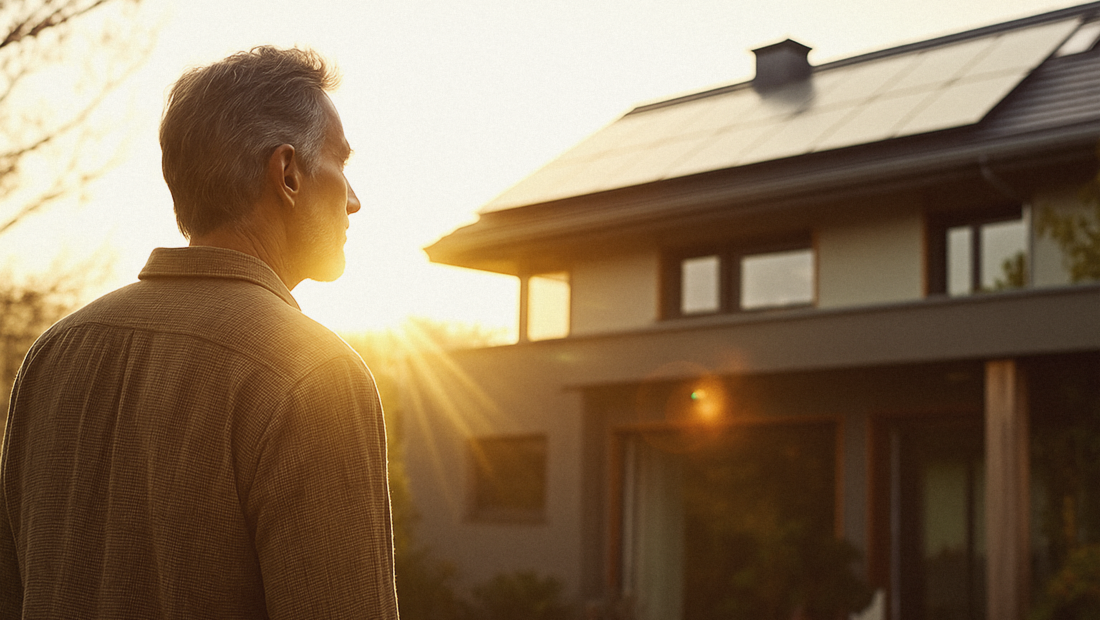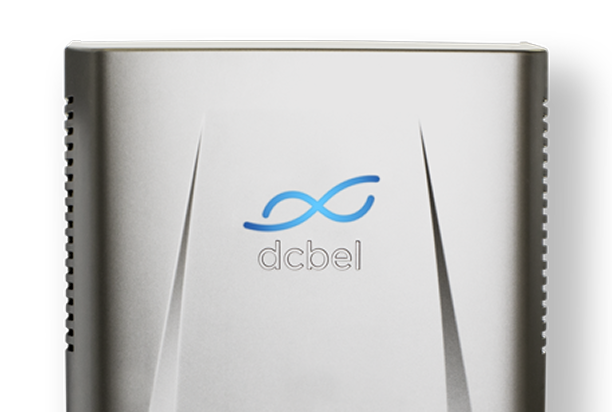Imagine buying a luxury espresso machine, only to discover it spills a quarter of your coffee every morning.
That’s what many traditional solar systems are doing with your energy. You can lose up to 30% of your solar power through inefficiencies—just in the process of converting and storing it. From transmission losses to multiple DC-to-AC conversions, energy slips away before it ever powers your home.
You’ve made the smart move to install solar panels, but if your system relies on outdated architecture, you’re not getting the full value. The good news? There’s a smarter, more efficient way to power your home, but it starts with understanding where traditional setups fall short.
Solar in 2025: More Power, More Problems
According to recent insights from Delfos Energy, the solar landscape is evolving fast. We’re seeing a surge in distributed generation plants, more residential solar installations, and a growing need for intelligent energy management. But with this growth comes new challenges:
- Excess energy produced during peak sunlight hours often goes unused or is dumped back into the grid at low value.
- Without smart coordination between solar, battery storage, EVs, and the electric grid, homeowners miss out on savings and grid service opportunities.
- Curtailment and intermittent sunlight limit your solar system’s output often when energy is needed most.
These challenges clearly indicate that solely making improvements to solar systems via automation and interaction with traditional power plants (coal-based) is not adequate. Solar systems need to be part of a connected, intelligent ecosystem.
Meet the HES: A Smarter Way to Power Your Home
Enter the dcbel Home Energy Station (HES): a unified, intelligent energy hub that eliminates waste and maximizes your solar investment.
Unlike traditional setups, the HES uses a fully integrated DC architecture. That means your solar panels, home battery, and EV charger all operate on the same current, drastically reducing conversion losses. It’s like switching from a leaky bucket to a sealed tank.
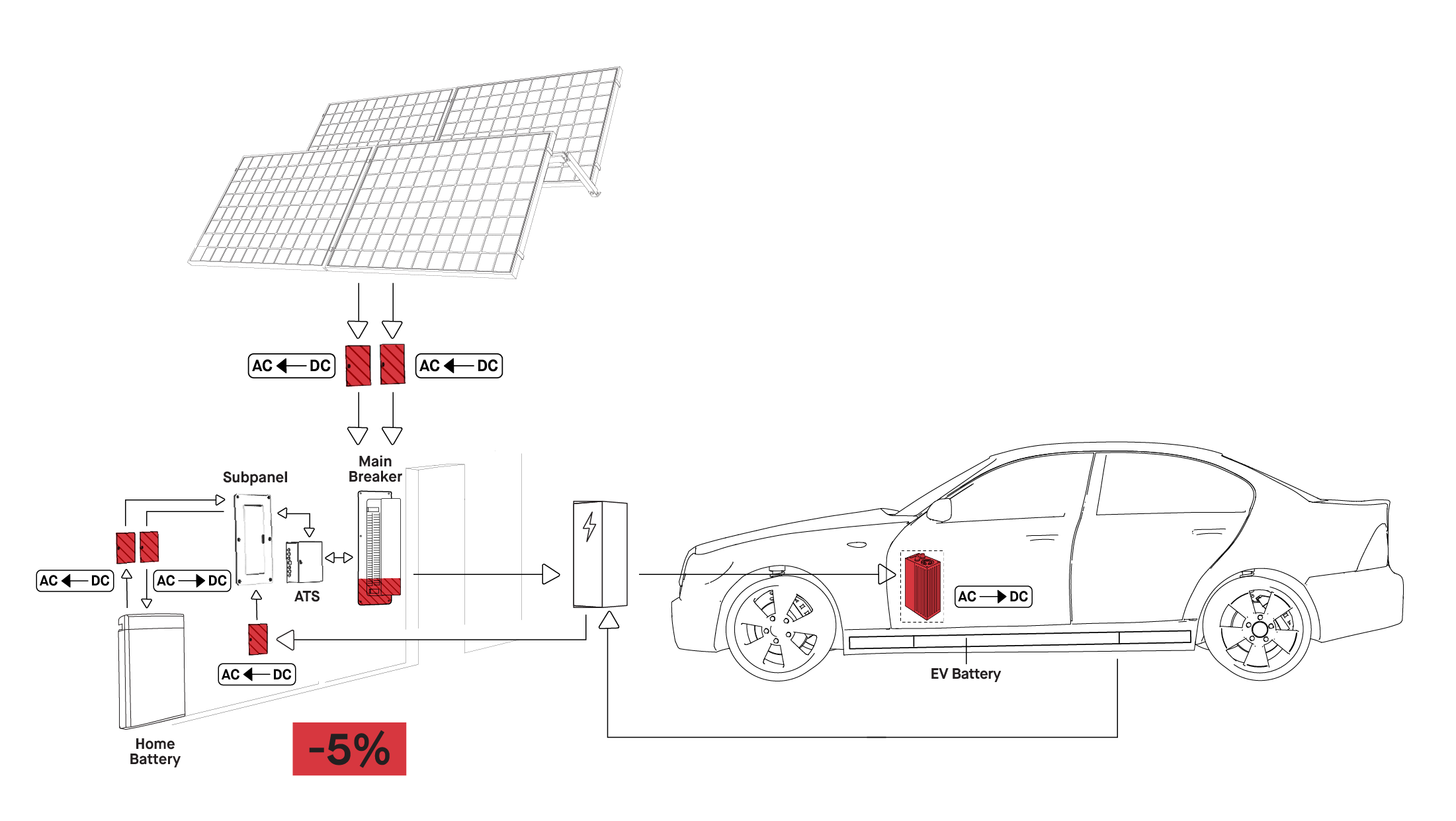
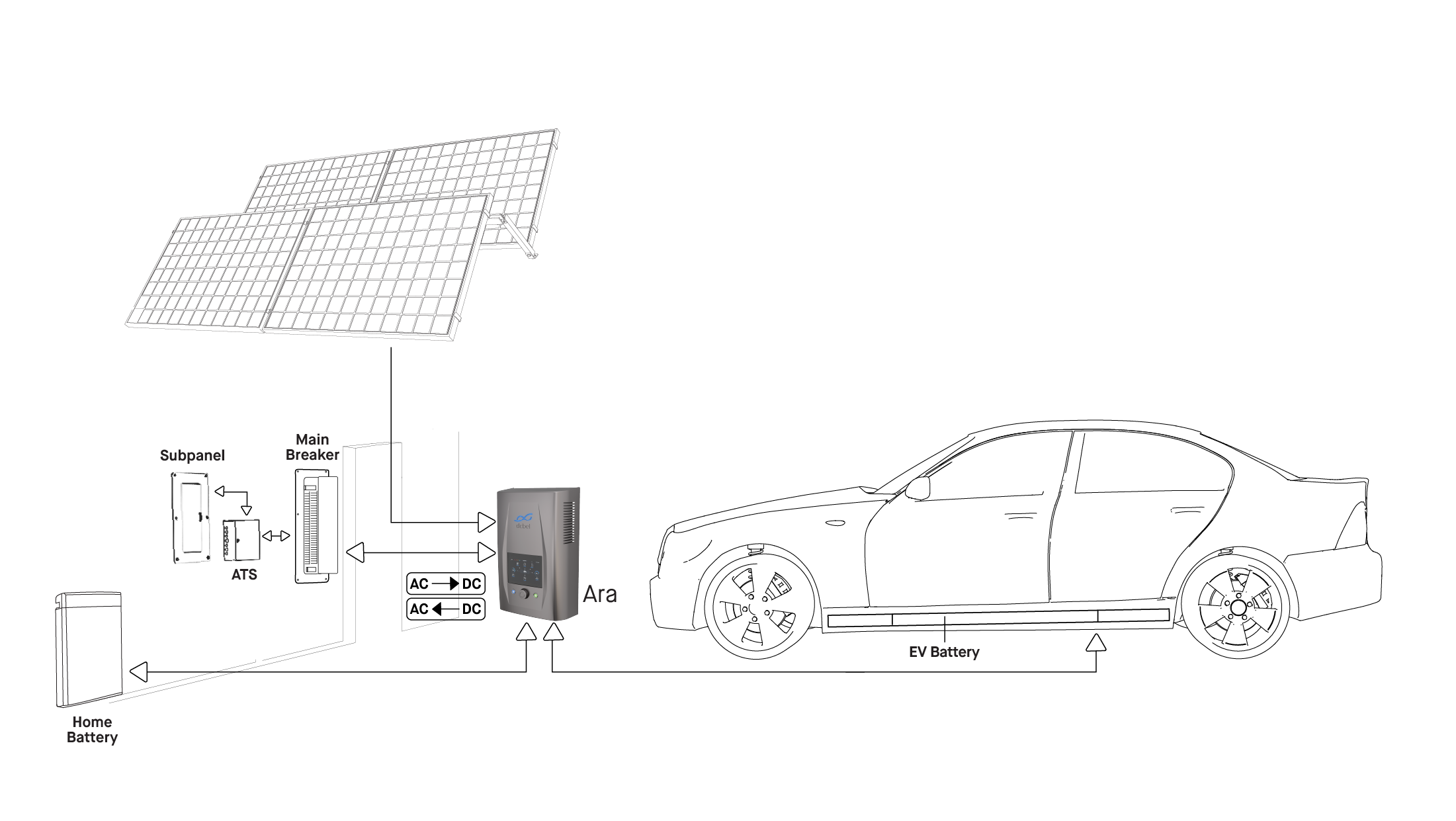
By centralizing power conversion and keeping energy in its native DC format, a fully integrated DC architecture also enables seamless interaction across your home’s clean energy assets. This is essential for the HES to intelligently help you manage your home energy.
How the HES Fixes the Waste
The dcbel Home Energy Station (HES) isn’t just a smarter solar inverter, it’s a high-performance, grid-edge computing platform engineered to orchestrate your home’s energy with precision and intelligence.
Here’s how it redefines efficiency:
- DC Optimization: By operating on a native DC microgrid, the HES eliminates the energy losses typically caused by AC/DC conversion. This means more of your solar power is preserved and used, whether it’s charging your EV or storing energy in your home battery. The software-first digital inverter ensures smoother, cleaner power delivery and intelligent control, translating into lower energy waste and higher system reliability.
- Bidirectional Charging: Supporting CCS, CHAdeMO, and NACS standards, the HES offers universal compatibility for EVs. It transforms your vehicle into a mobile energy reserve, capable of powering your home during outages (V2H) or selling energy back to the grid during peak demand (V2G). This empowers you to reduce grid reliance, cut energy costs, and earn from surplus energy.
- Smart Charging & Load Management: With over 250,000 daily calculations, the HES dynamically adjusts how and when your devices charge or discharge. It factors in weather forecasts, utility rates, and carbon intensity, helping you minimize costs, maximize clean energy usage, and avoid peak charges.
- Blackout Resilience: Thanks to automatic islanding and real-time outage detection, the HES keeps your home running even when the grid fails. Its DC-coupled storage allows for seamless off-grid operation, ensuring peace of mind during blackouts and continuous access to essential power.
- Real-Time Forecasting & Digital Twin: The HES simulates your home’s energy behavior up to 7 days ahead, forecasting solar output, EV usage, and household demand. This enables smarter energy decisions, better participation in grid programs, and optimized savings through demand response and virtual power plant (VPP) opportunities.
Why This Matters More Than Ever
As highlighted in the Delfos report, the solar industry is shifting from passive generation to active energy management. You’re not merely using electricity anymore, you’re generating it, storing it, and even selling it back to the grid. But to do this effectively, your system must be intelligent, interoperable, and responsive.
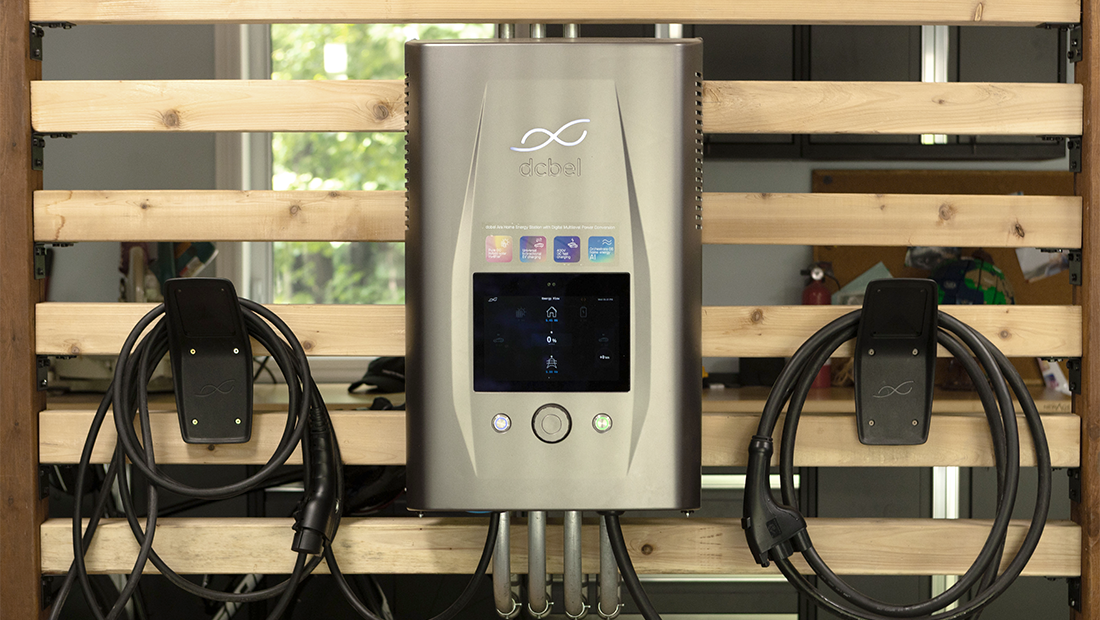
The HES makes this possible by:
- Storing excess energy in your home battery or EV instead of letting it go to waste.
- Selling energy back to the grid when demand and prices are high, using transactive energy protocols.
- Managing your energy flow based on Time-of-Use Optimization, Net Metering, and Grid Stability signals, all while maintaining compliance with IEEE 2030.5, OpenADR, and other industry standards.
Ready to Upgrade?
If you want a system that works as hard as you do, the dcbel HES is your answer. It’s not just adding solar, it’s a smarter way to power your life.
You can start on your journey to energy independence here.

